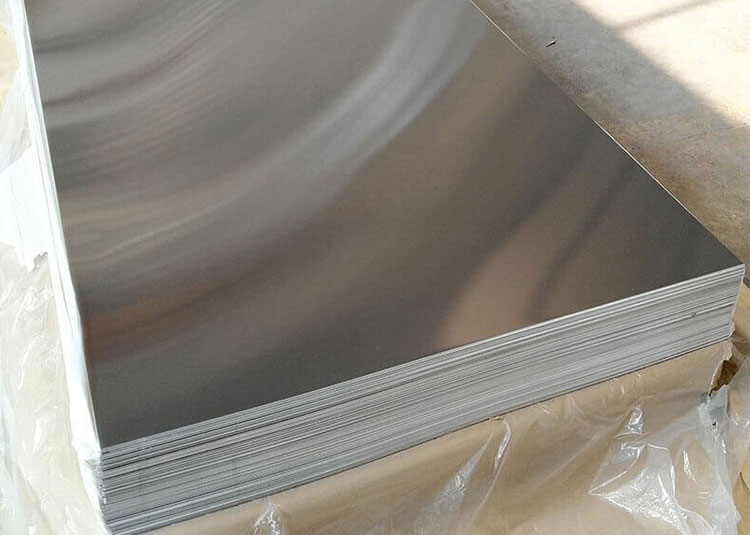2024 aluminum plate
The allure of 2024 aluminum plate lies not only in its exceptional mechanical properties but also in the vast array of applications it serves. Recognized in the aerospace sector and beyond, this aluminum alloy packs remarkable strength while keeping weight to a minimum, pivotal attributes when performance is non-negotiable.
What is 2024 Aluminum Plate?
2024 aluminum consists primarily of aluminum, copper, and a few trace elements. Distinct for its combination of light weight and high tensile strength (184 MPa in the annealed state up to 300 MPa when heat-treated), 2024 aluminum plate exemplifies the intersection of form and functionality. This alloy is cataloged under various temper designs, with T3 (solution heat-treated and lightly cold-worked) and T4 (solution heat-treated and naturally aged) being the most prevalent for structural applications.
Working with 2024 aluminum plate daily, I've come to appreciate its unique blend of strength and workability. It's a real workhorse, the go-to alloy for many of our aerospace and automotive components. We see a lot of variations in incoming raw material, even within the same batch; slight inconsistencies in the grain structure can significantly impact machinability. A finer grain size means smoother cuts and less tool wear, which translates directly to reduced production costs and less downtime. Dealing with these variations requires constant monitoring and adjustments to our machining parameters, demanding a keen eye and experience to ensure consistent, high-quality output. The slightest change in cutting speed or feed rate can drastically alter the surface finish and potentially lead to defects.
Beyond the immediate production challenges, I find the material itself fascinating. The addition of copper and magnesium gives it that strength, but it also makes it susceptible to corrosion if not properly treated. We're constantly implementing and improving our surface treatments to prevent this, moving beyond the basics of anodizing to explore more advanced methods. Witnessing the transformation of a raw sheet into a precision part, ready for its role in a high-performance application, is a constant source of satisfaction. There's a certain pride in knowing that your contribution to the process directly contributes to the reliability and safety of those applications, a feeling many of us on the production floor share.
Properties of 2024 Aluminum Plate
-
Strength-to-Weight Ratio: Perhaps the most exciting benefit of this alloy is its unparalleled strength-to-weight ratio. With considerable resistance to deformation, the strength offered makes it a prime candidate in sectors where weight-saving is critical without compromising performance.
-
Workability and Fabrication: Unlike some other aluminum alloys, 2024 is well-known for its superior wear and tear resistance, making it an ideal choice for products that undergo severe mechanical stress. Its fatigue resistance further enhances its lifespan, critical for components used in high-use applications.
-
Corrosion Resistance: The unique alloying elements may render it somewhat susceptible to corrosion, which isn't ideal for components that spend prolonged periods in harsh environments. However, it can be effectively managed utilizing protective coatings or cladding techniques.
Applications of 2024 Aluminum Plate
Given the robust characteristics we discussed, the subsequent ranges of applications showcase how this aluminum plate thrives in multiple industries:
Aerospace
Perhaps the most captivating application for 2024 aluminum plate surfaces in aerospace engineering. Its lightweight nature with exceptional strength statements scores high when designing wings, fuselages, and critical structural components. Commercial aviation and military JETS consistently leverage this alloy to fulfill intricate regulatory performance and compliance standards.
Automotive
While aluminum parts are common in the automotive sector, 2024 aluminum plate finds its niche primarily in high-performance vehicles. Given their structural integrity and manageable weight, car manufacturers choose 2024 for applications such as push bars, suspension arms, and components in the frame construction of performance cars, capturing a competitive edge in fuel efficiency and speed without sacrificing durability.
Construction and Architectural Applications
Modern architecture favors materials that align aesthetics with functionality. The characteristics of this aluminum alloy lend themselves well to building facades, rooftop structures, and critical support materials in high-rise and unique ranch-style builds. Ease of fabrication enables architects to conceptualize innovative, lighter builds—without compromising foundational robustness.
Technical Insights
In technical specifications, we see that 2024’s mechanical properties are IPC-rated between 1/8-inch and 2 inches in thickness. Common production methods produce slabs, plates, and rolled coils that remain adaptable for custom applications. Moreover, relevant standards such as ASTM B209 further nod to optical quality for manufacturing considerations, providing a clear pathway from extraction to your workbench.
Finally, while aspects of joining methods utilize traditional techniques—such as welding and bolts—home fabrication often adapts updates to implant bonded systems that capitalize on aluminum cohesion.


